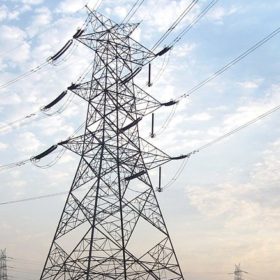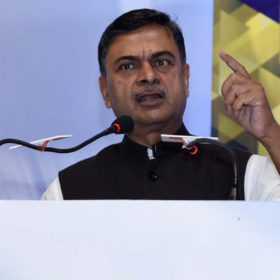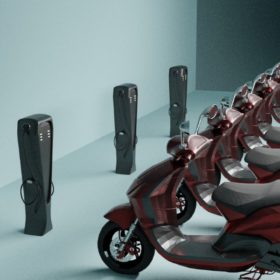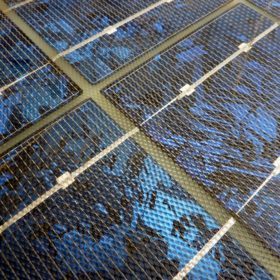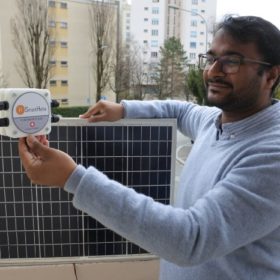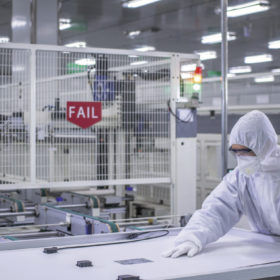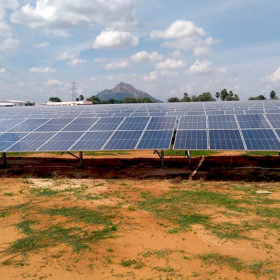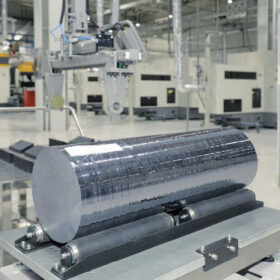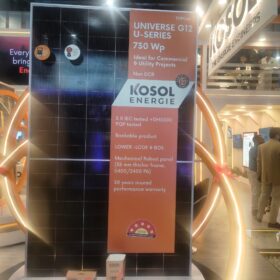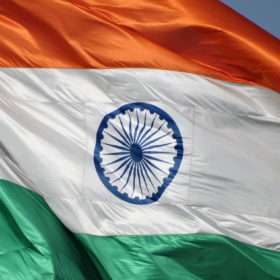India still nowhere near energy sufficiency
The government is trying to harness renewables to increase domestic output but will need a more liberal energy market and to consider the structure of procurement auctions, cloying red tape and the financial travails of state utilities if it is to achieve its goals, says Rakshika Kaul of Amp Energy India.
Indian solar tenders to incentivize advanced local manufacturing
Policymakers could amend solar auctions to encourage manufacturing as the nation chases an aggressive solar target of 300 GW by 2030.
Magenta Power and ematrixmile partner on EV charging network
Magenta’s tie-up with the app-based electric scooter rental service provider is aimed at setting up EV charging infrastructure in Maharashtra, and later nationwide.
Off-grid solar and storage solutions for Himalayas
The Solar Energy Corporation of India has issued a call for expressions of interest to supply clean energy to isolated off-grid communities and warned components will probably have to be transported manually.
Agrivoltaics for pear orchards
Belgian researchers are testing agrivoltaic power generation in a pear orchard. The first pilot project features specially designed 185 W solar panels with transparent backsheets, conventional silicon cells, and a 21% efficiency rate.
CEL tenders for 1.5m multi-crystalline solar cells
Only Indian manufacturers and their authorized vendors can bid and the devices must have five busbars and a conversion efficiency of at least 19.6%. Bidding closes on October 16.
Indian-led start-up raises Swiss funding for solar diagnostic tool
Swiss-based SmartHelio claims to have witnessed a near 200% jump in demand for its deep-data driven solar asset management solution, which plugs into solar panels or energy storage systems. Sales of the internet-of-things enabled, cloud product have leapt in the last six months.
The long read: The visible hand heralds a new dawn
The “invisible hand” is a widely understood metaphor for free-market economics. In China’s economy a “visible hand” is more evident, as government interventions are relatively commonplace. And in PV the visible hand is moving again, raising efficiency baselines and potentially changing the solar production game.
Solar-powered undies – Dollar Industries installs 4 MW solar array
The underwear maker said the solar array will provide almost half the daily power consumption of its spinning unit and help curb carbon emissions by 9,000kg per day.
Eden Renewables bags 1.35 GWp of solar projects in four months
The generation capacity – three 450 MWp projects in Rajasthan – is expected to be commissioned towards early 2022.
